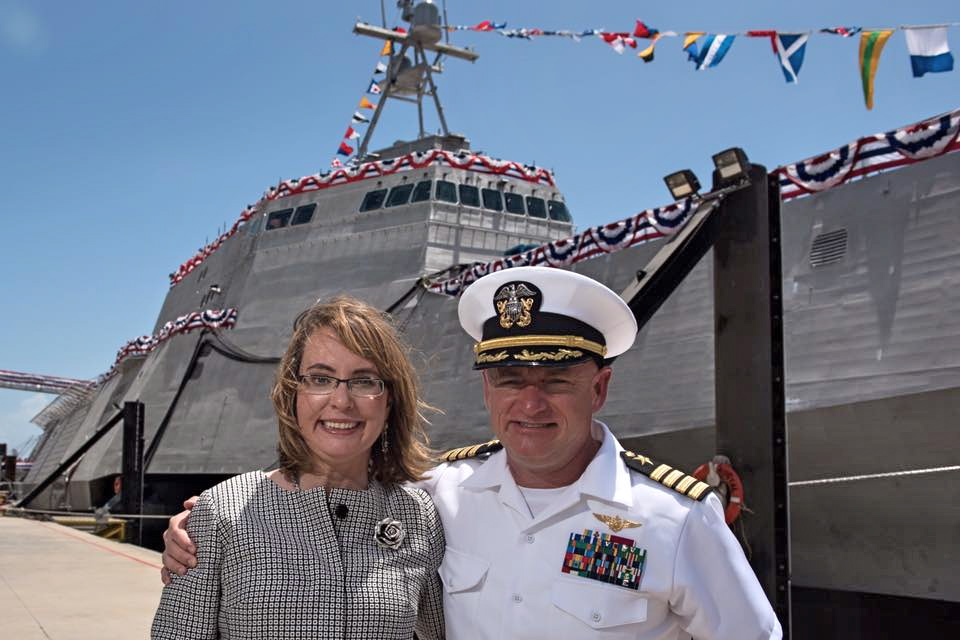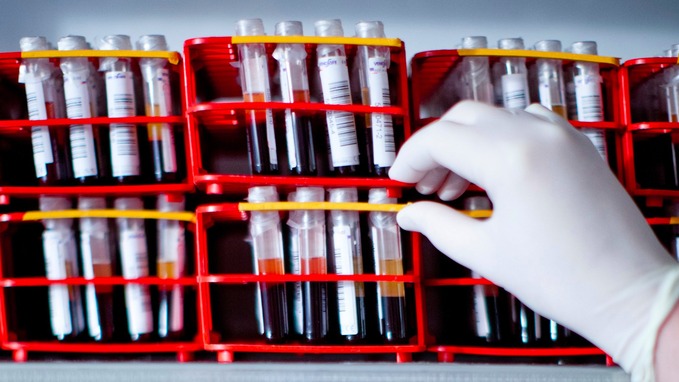Daily Business Report-June 15, 2015
FDA Study: Drugmakers Don’t Tell
Whole Truth About Drug Rejections
When the Food and Drug Administration turns away a potential new treatment, it sends the drug’s maker what’s called a complete response letter, detailing all the deficiencies that led to the rejection.

Those forms aren’t public, but most companies issue press releases describing their contents. However, as a new study reveals, there’s often a wide gap between the FDA’s actual issues and the sponsors’ spin.
In a study published in the BMJ, FDA staff rounded up 61 complete response letters, or CRLs, from 2008 to 2013, and cross-referenced them with their resulting press releases (when available) to see how well each statement matched up in content and tone. The results: 21percent of press releases had nothing in common with their CRLs, and only 14 percent of total statements corresponded to what the FDA actually said.
Furthermore, looking at the 32 CRLs that asked companies to conduct new trials before reapplying, only 59 percent of associated press releases bothered to disclose that, according to the study. Seven FDA letters pointed to higher mortality rates among patients treated with the candidate drug, but only one resulting press release divulged that information.
To be fair, the study authors note, CRLs are dossiers loaded with explanatory appendices while press releases tend to be brief, so it would be unreasonable to expect them to match up perfectly. But the substantial differences in content suggest the public is poorly informed as to just why products get rejected, the authors wrote, possibly leading to misinformation and ill effects on public health.
So why not just publicize CRLs? The FDA considered doing so in 2010 as part of a wider transparency initiative, proposing a rule change in which it would be required to disclose when and why it rejected drugs and devices. But industry representatives argued that making such information available would expose trade secrets and threaten “the confidentiality necessary to foster innovation,” according to the FDA. Five years later, that proposal has never become policy.
Recognizing the industry’s concerns about trade secrets, the BMJ study recommends sponsors release the CRLs themselves — redacting as needed –or at least make a habit of putting out more detailed press releases.
Sequenom Loses Appeal on
Patent for Prenatal Tests
A federal appeals court has upheld a ruling by a U.S. District Court that found a key patent by San Diego-based Sequenom invalid. The legal question was who owns the rights to a noninvasive prenatal test that uses DNA sequencing to search for abnormal fetal chromosomes.
Sequenom’s U.S. patent for that prenatal test, referred to as the “‘540 patent,” has been the focal point of a series of lawsuits that began in 2011 involving Sequenom, Ariosa and Natera. Illumina’s Verinata Health was previously involved as well, but Illumina and Sequenom entered into a patent pool agreement and settled their litigation.
In 2013, the U.S. District Court for the Northern District of California found the ‘540 patent invalid. The judge in the 2013 ruling said that the 540 patent covers a phenomenon of nature, which is unpatentable. Sequenom appealed that decision, arguing that the patent covered the detection method, not a phenomenon of nature.
A U.S. Court of Appeals for the Federal Circuit upheld the district court’s ruling, saying the patent covered a phenomenon of nature and standard methods.
Last September, the U.S. Patent and Trademark Office board also declared certain of the ‘540 patent claims unpatentable.
It is unclear what the impact of the ruling will be to Sequenom. Although the ‘540 patent was its broadest patent, the company also has other patents in its shared pool with Illumina. Previously, Ariosa’s vice president of intellectual property and legal affairs, Dianna DeVore, had told GenomeWeb that the invalidation ruling would give other companies the freedom to “innovate in the field of the use of cell-free DNA in pregnant women.”
Navy to Construct Academic Campus
On Naval Base Coronado for Training
The Navy announced Friday that it will move forward with a proposal to construct, operate and maintain an academic campus on Naval Base Cornoado to support the operational readiness of Naval Special Warfare Command personnel.
“This action allows the Navy to create a state-of-the-art campus that meets the evolving needs of Naval Special Warfare Command, consolidates training and operating facilities and allows them to continue their existing operations tempo,” said Capt. Christopher Sund, commanding officer of Naval Base Coronado.
Construction activities would occur over a 10-year period at a cost of approximately $700 million, providing nearly 1.5 million square feet of facilities. The purpose is to provide adequate facilities to support growth of NSWC on the West Coast and maintain the required levels of operational readiness of naval special warfare forces.
The facility would be called the Coastal Campus at Silver Strand Training Complex.

County Programs Earn 43
National Achievement Awards
A program that helps people buy their first home. Another getting veterans in jail back on the right track. The transformation of parking lots into a civic landmark.
They were among efforts that resulted in 43 Achievement Awards the County of San Diego received from the National Association of Counties, which annually honors innovative, effective county government programs that enhance services for residents. San Diego’s awards haul put it among the top three counties in the nation.
Continuous improvement is a goal reflected in the county’s winning programs. That includes a Planning & Development Services business model improvement program, selected Best in Category for information technology.
Also among the award recipients: the county’s Waterfront Park in the Parks and Recreation category for turning two parking lots into a 12-acre recreational park that includes a 830-foot-long fountain splash zone, children’s playground, grass fields and gardens for public use.
Also recognized was a Mandatory Supervision Court program by San Diego County Probation, Sheriff’s, District Attorney, Public Defender, and Court which tailors case management of recently released prisoners along with close monitoring to help the participating felons break the cycle of crime.
Click here for the complete list of San Diego County programs in the categories in which the association recognized them.

Scripps Oceanography Lab Monitoring
CO2 Named Historic Chemical Landmark
The American Chemical Society designated the Keeling Curve — a long-term record of rising carbon dioxide in the planet’s atmosphere — as a National Historic Chemical Landmark in a ceremony held Friday on the Scripps Institution of Oceanography, UC San Diego campus.
In March 1958, on a remote mountain slope at a newly established U.S. Weather Bureau observatory, the late Scripps geochemist Charles David Keeling began taking measurements of carbon dioxide in the atmosphere. In the years that followed, the systematic measurements Keeling started have become the most widely recognized record of mankind’s impact on the earth, linking rising levels of carbon dioxide from human burning of fossil fuels to the warming of the planet. Keeling died in 2005.
The work of Charles David Keeling and the partnership that he formed with NOAA continue today. Keeling’s son Ralph Keeling now leads the Scripps Co2 Group. The Mauna Loa site is among 10 locations from the South Pole to Alaska at which air samples are regularly collected in flasks for analysis for the Scripps CO2 Group.
The ceremony was held at Ritter Hall on the Scripps campus in La Jolla, the site of Keeling’s lab, where the current Scripps CO2 Group operations continue today.
“This plaque is a great tribute to all the people who worked tirelessly over the years to sustain these detailed measurements,” said Ralph Keeling. “The Mauna Loa CO2 record changed how we view the world. It proved for the first time that humans were altering the composition of air globally, and it thereby legitimized the concern over human-caused climate change.”
“Keeling recognized in 1960 that fossil fuels are driving global atmospheric change, which presents serious challenges for Earth and its people,” said Thomas Bardon, past president of the American Chemical Society. “The global impacts of climate change are what make Keeling’s work so important, and so celebrated, today.”
College Board Expands Program To Ease
Grads’ Transfer to Cal State University
A program that makes it easier for San Diego Community College District graduates to enroll at a California State University campus has been expanded.
The district board approved an additional seven Associate Degree for Transfer program on top of the 11 approved earlier this year, bringing the total to 65. The latest Associate Degree for Transfer programs were approved in Biology, Chemistry, and Economics at San Diego City College; Chemistry and Music at San Diego Mesa College; and Biology and Chemistry at San Diego Miramar College.
The programs now go to the California Community Colleges Chancellor’s Office for final approval.
The Associate Degree for Transfer program was launched in the fall of 2011 as the California Community Colleges and California State University systems worked toward implementing a more seamless transition for community college students. Under the program, authorized under Senate Bill 440, community college students who complete an associate degree designated for transfer are guaranteed admission to the CSU system with junior status and are given priority consideration when applying to their local CSU campus and to a particular program that is similar to the student’s community college major

Gabby Giffords Christens Navy
Warship Named in Her Honor
Former Arizona Rep. Gabby Giffords, who was seriously wounded by a gunman in 2011, christened a Navy warship Saturday named in her honor and destined for San Diego.
The USS Gabrielle Giffords will be the Navy’s 10th littoral combat ship and the fifth ship in the trimaran-style Independence class. San Diego will be its home port when it enters the fleet in 2017.
“An honor to help christen the future USS Gabrielle Giffords — a day I will always treasure!” she wrote on her Facebook page. “To the men and women who are building her, and the sailors who will serve aboard her, thank you!”
The christening took place at the Austal USA shipyard in Mobile, Ala., with Second Lady Jill Biden in attendance.
Giffords was shot in the head and nearly lost her life in a shooting outside Phoenix that killed six people and seriously injured 11 others. She resigned from Congress in 2012 to focus on her recovery.
The ship is the 16th Navy ship to be named for a female, and only the 13th ship to be named for a living person since 1850.
The Navy is building a total of 50 littoral combat ships in two classes.
— Times of San Diego

Predator B Completes Critical Design Review
General Atomics Aeronautical Systems Inc. announced that it reached a significant milestone in its Independent Research and Development program to design, develop, and produce a variant of the Predator B remotely piloted aircraft to be certified for flight according to the NATO Airworthiness Standard for unmanned aircraft.
Predator B completed a successful internal Phase 1 Critical Design Review along with reviews by two prospective European customers, the company said.
Certification of delivered systems will be granted by the responsible agencies within each country. The company is on schedule to conduct flight tests of a test aircraft in 2016, leading to the first flight of a certifiable production aircraft in 2017.
“Completion of this first critical design review is the culmination of several years of review of requirements and design compliance with the certification agencies,” said Linden Blue, company CEO.


